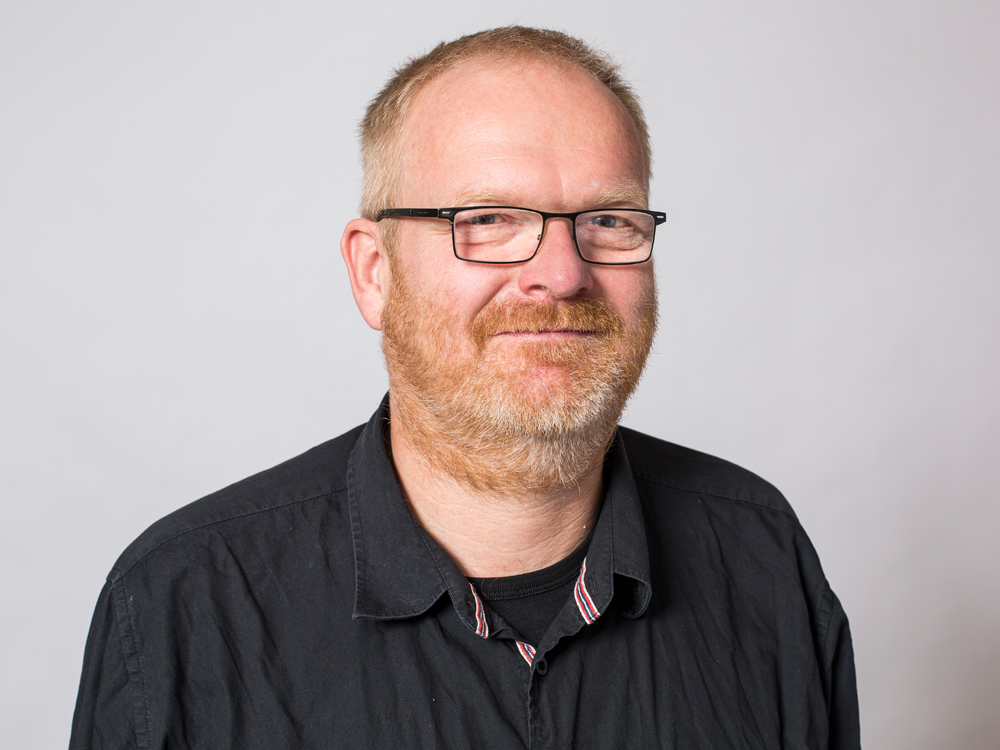Projektleiter:
Dr. Jürgen Fuhrmann
/
Dr. Clemens Guhlke
Projekt Mitglieder:
-
Laufzeit: 01.06.2017 - 31.12.2018
Status:
beendet
Standort:
Weierstraß-Institut
Beschreibung
Sensing with nanopores is a promising new technology to analyze macromolecules like DNA strands by low cost/high speed measurements. The sensing device is constructed based on a nanopore embedded into a membrane which separates two electrodes. The system is filled with an electrolyte containing macromolecules to be analyzed. An electric potential is applied to the electrodes and induces an ionic current through the pore. Sensing is based on the observation that this ionic current is influenced by the geometrical configurations of the pore and of the macromolecules positioned within the pore. Under controlled movement of the macromolecule through the pore a characteristic time dependent current signal is generated, which is correlated to the structure of the pore and the macromolecule. Therefore nanopores can be used to count and even to characterize macromolecules in an electrolytic solution.
n order to achieve a better understanding of the of phenomena that control the passing time of the analytes (macromolecules) through the nanopore, and to derive a relation between characteristic properties of the macromolecule and the generated current, the project will focus on three groups of tasks:
Development of an appropriate nanopore model in the context of non-equilibrium thermodynamics, which accounts for the geometrical properties of pore and analyte, the charged boundary layers, ion diffusion and fluid flow.
Combination and analysis of novel numerical discretization schemes, like pressure robust methods for fluid flow and novel finite volume discretization approaches for the PNP system in order to provide physically meaningful numerical models of the double layer structure and its impact on the fluid flow.
Use of asymptotic analysis to derive reduced models, which include the relevant features of the complete thermodynamic model in different regimes.
https://www.wias-berlin.de/projects/ECMath-CH11/
